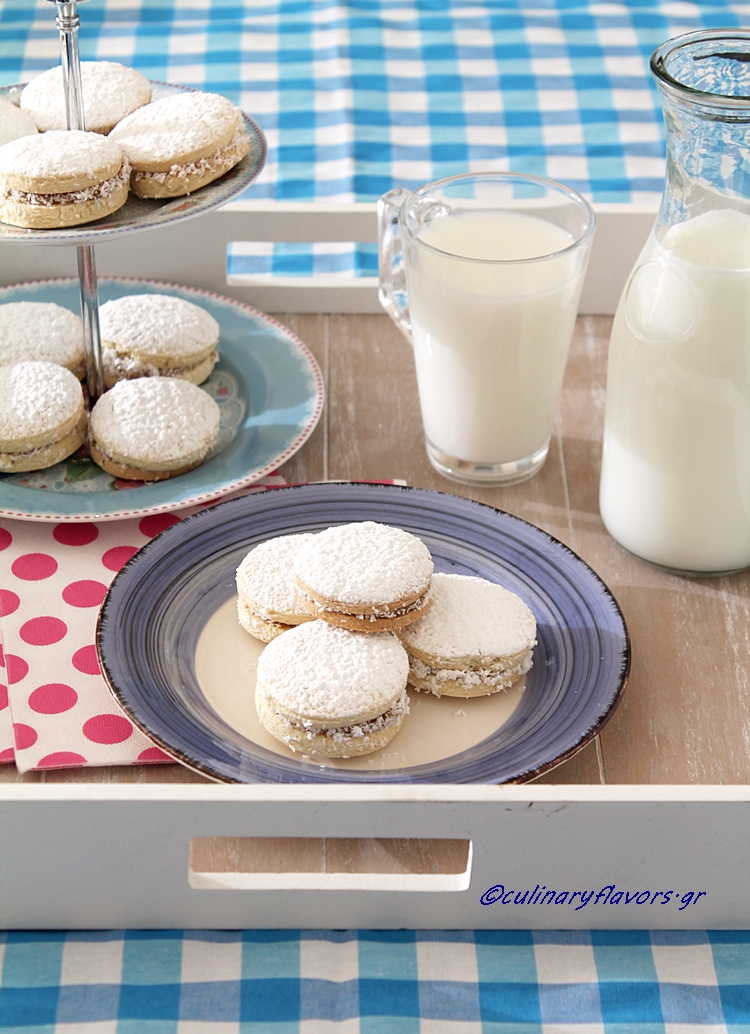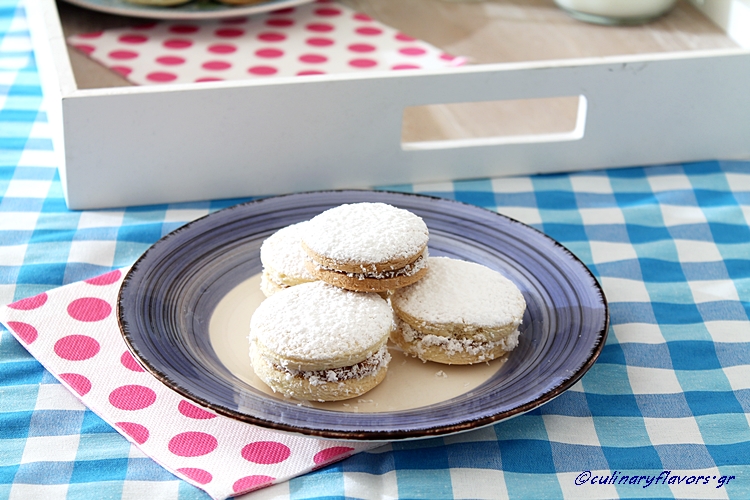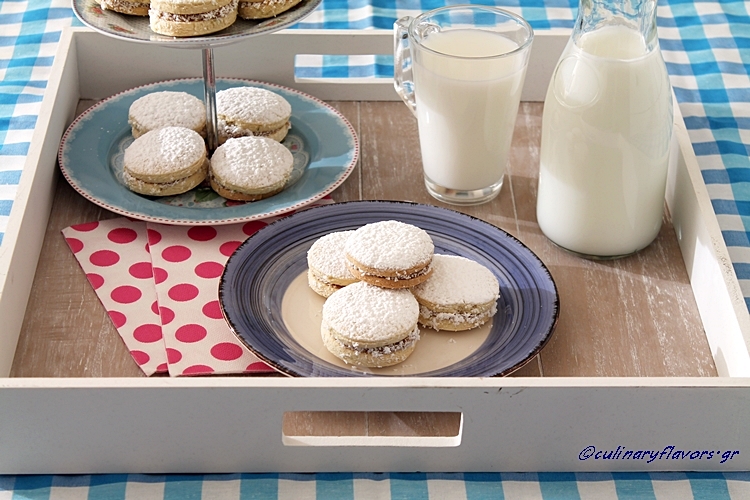All three previous weeks was carnival period in Greece. A remnant of the Dionysian rituals in ancient Greece, carnival is that period of time when people are dressed in costumes and wear masks. There are several carnival parades in many big cities of the country with bigger that of the city of Patras.
Up to 20 years ago carnival was an important thing around here with many parties and nights of crazy fun. As time passed by, less and less people are indulging to this custom which is sad if you think about it. I have so many fond memories from my childhood with school masquerade dances and parties in friendly houses. Now nothing.
Anyway, in these very few carnival happenings that take place the last 20 years, Latin songs almost dominate the musical repertoire. From salsa to tango and all the Latin American dances to contemporary Latin songs like despacito or bailando or vivir mi vida are only few of the songs that are heard continuously during these days.
Just before the spring brake in my son’s school, they prepared a little celebration and his Spanish class teacher asked them to bring either food or sweet from Spain or any other Latin country. I knew she is from Argentina, so I decided to make something from her mother country. These cookies are so easy to make and incredibly delicious. I prepared the dulce de leche the day before and the night before the last day of school I made the cookies. I was surprised how easy they are made and how crunchy and luscious they are.
The corn starch gives them a very light and airy texture very different from that of the flour and the coconut adds an exotic touch to them. Argentina is today the world largest consumer of alfajores, both in total numbers and in per capita calculations, being the most common snack for schoolchildren and adults. The sweet, most probably comes to Spain with the arrival of Arabs in 17th century. From Spain with the conquistadores it travels to New World and most particularly in Latin America.
In Spain, there are a variety of different recipes for preparing alfajores, but the most traditional contain flour, honey, almonds and several spices, such as cinnamon. Alfajores are most commonly sold around Christmas, but in Medina Sidonia, they are available year-round. The traditional Spanish alfajor has been produced in this town where it is called an alajú since ancient times, and the recipe has been traditionally handed down from father to son.
In Latin America, however, these differ from the Spanish alfajores in that they are made with two round cookies with different sweet fillings between them. The filling is usually dulce de leche, although there are a lot of variations. They can be covered with powder sugar (the traditional ones), glazed sugar, grated coconut or chocolate.
- 200 gr. all-purpose, flour
- 300 gr. cornstarch
- ½ tsp baking soda
- 2 tsp baking powder
- 200 gr. butter, room temperature
- 150 gr. sugar
- 3 large egg yolks, room temperature
- 1 tbsp vanilla extract
- 1 tsp lime zest
- 1 can of sweetened condensed milk
- ½ cup finely shredded coconut
- Caster sugar for dusting
- In your pressure cooker place the can of the milk after you have removed the paper label.
- You will place it with its side down in horizontal position because otherwise when the water starts to bubble the can will go up and down.
- Cover it with water plus 2 cm / 1 inch more.
- Turn the heat on to the highest and bring to boil.
- Cover and secure the lid and wait until the valve starts to emit the steam.
- Immediately, lower heat to low and let it simmer for about 40 minutes.
- Remove from the heat and let it cool down completely.
- Place in a glass jar and to the fridge for at least one hour.
- Preheat oven to 170°C / 325°F.
- In your stand mixer with the paddle mix the softened butter and the sugar until pale about 5 minutes.
- Add the egg yolks, vanilla extract, and lime zest.
- Add all the dry ingredients at once, change from paddle to hook and mix until completely incorporated.
- Let it mix for 5 to 10 minutes and the dough will come together.
- Roll the dough in batches on a lightly floured surface, with thickness about 6 mm / 0,25 in. and cut into circles.
- Take a cookie sheet and line it with parchment paper.
- Place the cookies on the parchment paper leaving a small distance among them as they won’t spread.
- I used a 5 cm / 2 in. cookie cutter to make the circles.
- Bake for 10-12 minutes and don't let them brown.
- Cool before filling.
- Take a cookie and spread 1 tsp of dulce de leche.
- Cover with another one.
- Roll the cookies in the shredded coconut.
- Sprinkle caster sugar to cover the top and serve.
- 200 γρ. αλεύρι για όλες τις χρήσεις
- 300 γρ. νισεστέ
- ½ κ.γ. μαγειρική σόδα
- 2 κ.γ. μπέικιν πάουντερ
- 200 γρ. βούτυρο, σε θερμοκρασία δωματίου
- 150 γρ. ζάχαρη
- 3 μεγάλοι κρόκοι αυγών, σε θερμοκρασία δωματίου
- 1 κ.σ. εκχύλισμα βανίλιας
- 1 κ.γ. ξύσμα λάιμ
- 1 κουτί ζαχαρούχο γάλα
- ½ φλ. τρίμμα καρύδας
- Άχνη ζάχαρη για το πασπάλισμα
- Στη χύτρα σας τοποθετήστε το κουτάκι του γάλακτος, αφού αφαιρέσετε τη χάρτινη ετικέτα.
- Τοποθετήστε το με την πλευρά του προς τα κάτω σε οριζόντια θέση γιατί αλλιώς όταν το νερό αρχίσει να βράζει θα χτυπάει πάνω κάτω.
- Καλύψτε το με νερό συν 2 cm περισσότερο.
- Ανάψτε το μάτι στην ψηλή θερμοκρασία και φέρτε το σε βρασμό
- Καλύψτε με το καπάκι και περιμένετε έως ότου η βαλβίδα αρχίζει να βγάζει τον ατμό.
- Αμέσως, χαμηλώστε τη φωτιά στο χαμηλό και αφήστε το να σιγοβράσει για περίπου 40 λεπτά.
- Κατεβάστε από τη φωτιά και αφήστε να κρυώσει εντελώς.
- Βάλτε το σε ένα γυάλινο βαζάκι και στο ψυγείο για τουλάχιστον μία ώρα.
- Προθερμάνετε το φούρνο στους 170 °C.
- Στο μίξερ σας με το κάπα χτυπήστε το μαλακό βούτυρο και τη ζάχαρη μέχρι να αφρατέψουν περίπου 5 λεπτά.
- Προσθέστε τους κρόκους των αυγών, το εκχύλισμα βανίλιας, και το ξύσμα λάιμ.
- Προσθέστε όλα τα στεγνά συστατικά ταυτόχρονα, αλλάξτε από το κάπα στον γάντζο και ανακατέψτε μέχρι να ενσωματωθούν πλήρως.
- Αφήστε το να αναμειγνύεται για 5 έως 10 λεπτά έτσι ώστε η ζύμη να μπορεί να πλαστεί.
- Ανοίξτε τη ζύμη σε δύο δόσεις σε μια ελαφριά αλευρωμένη επιφάνεια, με πάχος περίπου 6 mm και κόψτε τη σε κύκλους των 5 cm.
- Πάρτε ένα ταψί και στρώστε το με χαρτί ψησίματος.
- Τοποθετήστε τα μπισκότα στο χαρτί αφήνοντας μια μικρή απόσταση μεταξύ τους, δεδομένου ότι δεν θα απλώσουν.
- Ψήστε για 10-12 λεπτά και μην τα αφήσετε να ροδίσουν.
- Πριν τα γεμίσετε πρέπει να κρυώσουν τελείως.
- Πάρτε ένα μπισκότο και απλώστε 1 κουταλάκι του γλυκού dulce de leche.
- Καλύψτε με ένα άλλο.
- Κυλήστε τα μπισκότα στην καρύδα.
- Πασπαλίστε με άχνη ζάχαρη και σερβίρετε.




